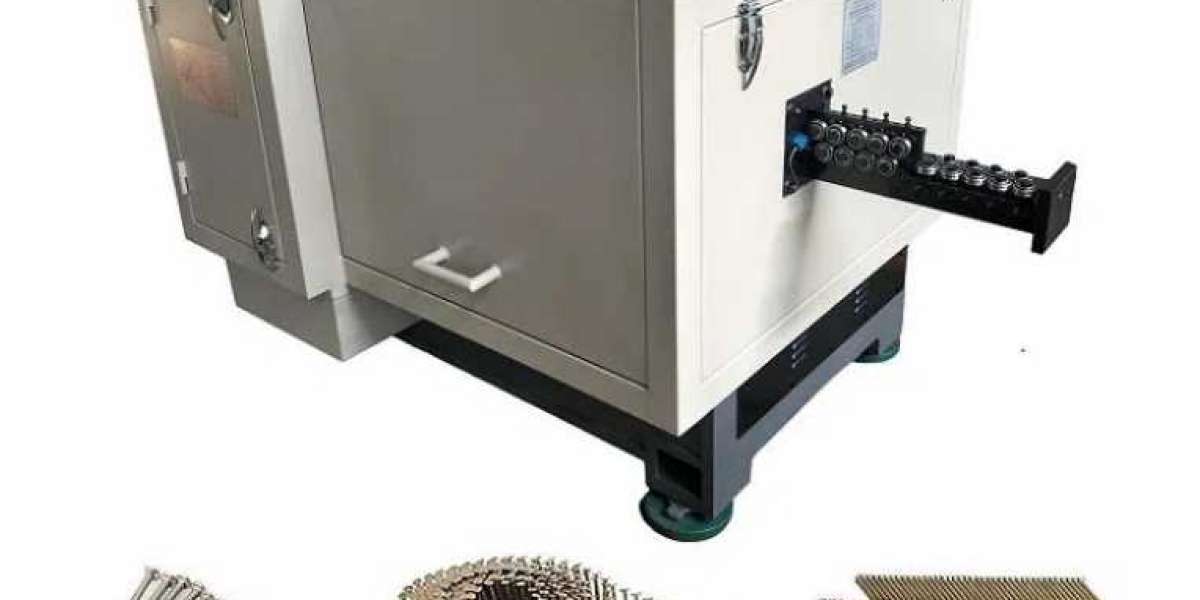Hollow section is a type of metal profile. They are commonly made from cold-rolled steel and formed into a hollow, tubular section. This profile creates a gaping unfilled edge that extends throughout the whole steel bar, which is what gives them the alternative names of "box section" and "hollow section."
Steel hollow section also known as structural steel tube and hollow structural sections (HSS) is a type of steel that is formed into a hollow tubular section. Steel hollow sections are commonly used in welded frames, columns and as beams providing various benefits to a range of construction and mechanical applications.
Steel pipe is the long, hollow tube that is used for a variety of purposes. It is produced by two distinct methods which result in either a welded or seamless pipe. In both methods, raw steel is first cast into a more workable starting form.
Ssaw pipe (Spiral Submerged Arc-Welding Pipe), also called hsaw pipe (Helical SAW), welding line shape like a helix. It is using the same welding technology of submerged arc-welding with lsaw pipe. Differently ssaw pipe is spiral welded where the lsaw is longitudinally welded.
Lsaw pipe (Longitudinal Submerged Arc-Welding Pipe), also called sawl pipe. It is taking the steel plate as raw material, mold it by the molding machine, then do double-sided submerged arc welding. Through this process the lsaw steel pipe will get excellent ductility, weld toughness, uniformity, plasticity and great sealing. The lsaw pipe diameter range is larger than erw, normally from 16 inch to 60 inch, 406mm to 1500mm. Good performances on high pressure resistance, and low-temperature corrosion resistance.
A scaffold, also called scaffolding or staging, is a temporary structure that allows people to stand on a stable platform for work at height or in hard-to-reach places. These temporary structures are often used in constructing, maintaining, or repairing buildings, bridges, and other man-made structures by supporting work crews and materials.
A scaffolding tube and coupler is a widely used structure at most jobsites. It represents a temporary and safe work platform to aid in the construction, maintenance, repair, access, audit, etc. If we were to classify the types of scaffolding according to the intrinsic mechanical differences of the many models, we would say that there are 3 types of scaffolding used on construction sites, such as tube and coupler scaffolding, H-frame / façade scaffolding and multidirectional scaffolding.
Coupler is a kind of equipment linking scaffolding, it plays an important role during the construction time, improve the work efficiency, reduce the workload. The scaffolding coupler consists of two sub-couplers, the end of the lower couplers in each sub-coupler is connected with a joint bolt, the other end is connected with the upper coupler with a gap and thrust face. The two sub-couplers are connected by roll riveting, and rotate at any angle.
Scaffolding plank is the main parts of scaffolding system which is convenient for workers to walk on high building. Stamping holes are on the scaffolding plank to resist skidding for workers. The galvanized surface makes scaffolding plank more stronger in the rainy days and most environment. Various size of scaffolding plank could be customed. For the advantage of scaffolding planks used for construction, it's durable and stable. What's more, it features good bearing capacity and property of low cost and high quality.
Scaffolding prop, which has a wide working area and is widely used in the construction industry. It is used in beam and slab formworks as a support under the formwork to carry loads. It is a reusable building element with a long working life. Telescopic prop systems can be manufactured for different heights and different cross-sectional areas.














